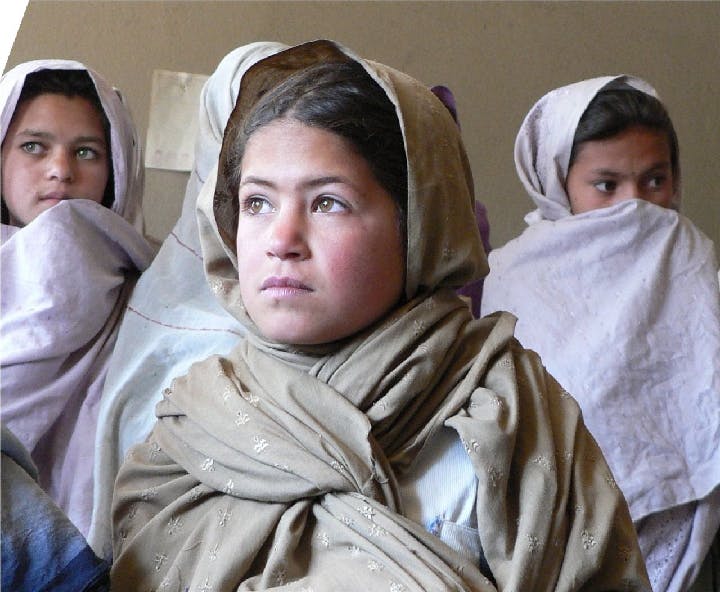Winter 2009
Headscarf Politics
– The Wilson Quarterly
Why would France waste resources on such an economically and politically marginal issue as banning headscarves in schools?
Alone of the major countries in Europe, France has passed legislation prohibiting students from wearing headscarves in school. The ban, which affects fewer than 1,500 students, has cost the French government time, money, and international credibility, writes Ahmet T. Kuru, a political scientist at San Diego State University. Why would France waste resources on such an economically and politically marginal issue?
The answer, he submits, goes back to the French Revolution of 1789 and the long period thereafter when the nation veered between secular republicanism and Catholic monarchy. In the immediate aftermath of the revolution, tens of thousands of clerics fled the country or were imprisoned. Church lands were expropriated, and about 3,000 priests were guillotined. Later, education became the battleground in what was called the “war of two Frances.” About 15,000 Catholic schools were closed, and tens of thousands of clerical teachers lost their jobs. As the 20th century began, three factors helped the secularists: the disorganization of Catholics, republican electoral gains, and the Dreyfus scandal (1894–1906), in which a young Jewish military officer was wrongly convicted of treason with the help of a forged document as army leaders sought to preserve the traditional social order. In 1905, the Catholic Church was legally severed from the French state.
The long battle to dislodge religion from its official role forged a “combative secularism” that continues today. In 2004, combative secularists in the National Assembly and Senate, who are generally leftists, joined with right-leaning opponents of immigration to pass a headscarf ban by a vote of 770 to 56. The “pluralistic secularist” opposition was routed.
France has more Muslim immigrants than other European countries: about 4.5 million, compared with about 3.3 million in Germany. But Muslims are no more religiously observant than other French people. About five percent attend mosque weekly, and 10 to 12 percent consider themselves observant. About 10 percent of French Christians attend church weekly, according to Kuru. Muslims are virtually powerless in the French parliament, holding only two of 908 seats in the Senate and Assembly. Islamic immigrants were divided on the headscarf issue, and opposition to the ban was led by a small band of non-Muslims.
Anti-immigrant and anti-headscarf sentiment flourishes in many countries in Europe, but the closest that any country has come to the French path is a prohibition on headscarves for teachers in six of the 16 German states. France succeeded in its strict policy because new anti-Muslim sentiment was able to piggyback on an ancient French tradition of militant anti-clericalism.
THE SOURCE: “Secularism, State Policies, and Muslims in Europe: Analyzing French Exceptionalism” by Ahmet T. Kuru, in Comparative Politics, Oct. 2008.
Cover photo courtesy of Flickr/Cordelia Persen
